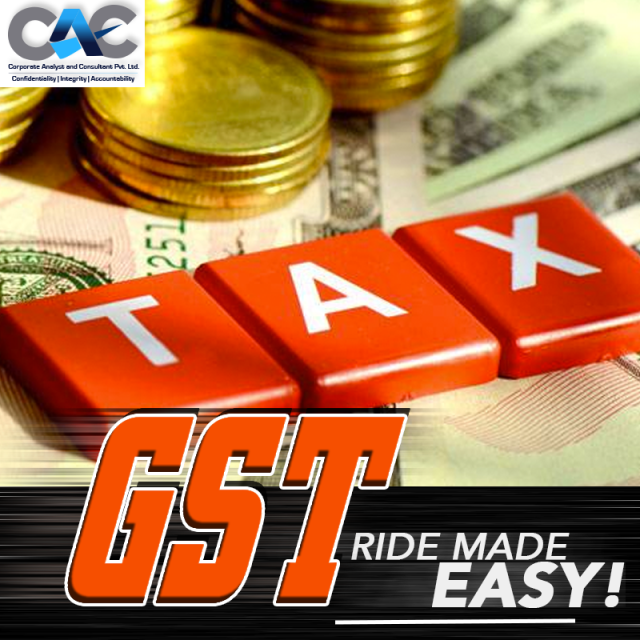Before the clearance of the four bills of the GST, there was a heated argument between the opposition and the treasury benches over the rates’ multiplicity, legislation’s nature, right of the parliament over the new tax system and the boundary of the new tax system. The subordinate rules to be taken up by the GST and the specified rates of the taxes to be recommended by the officers of the committee for the new indirect tax system to be rolled out from the 1st July are awaited by everyone.
After the clearance of all the bills associated with the union territory GST, central GST, Integrated GST and compensation, the Prime Minister Mr. Narendra International Tax Advisory Consultant In India Modi tweeted, “Congratulations to all the countrymen over passage of the GST Bills. New Year, New Law, New Bharat.”
Now the states will have to pass the GST bill for the state that would be a carbon copy of the union territories’ GST bills and central GST bill. Bill’s interpretation would mean that the lease of land, equated monthly instalments on under construction houses and renting of the commercial building would all come under the GST Top GST Consultant In India however; the clarity on the rules would be required. Mr. Jaitley stated that after a year of the roll out of the GST, the GST would be imposed on Petroleum as well.
Till the time the council takes a decision on the Petroleum till then it’ll be considered to be part of the GST but it would be rated zero. This implies that the excise duty would be imposed by the center and the value added taxes of the states on such products.
The limit of the cash transactions have been lowered to Rs. 2 lakh
As part of the 40 amendments of the finance bill the limit of the cash payments proposed Business Process Outsourcing Solutions In India to be 3 lakh in the budget of 2017 – 18 has been reduced to Rs. 2 lakh. The amendments were moved in the lower house by the finance minister; Mr. Arun Jaitley. It is aimed at tightening the loop of the ones dealing in immense cash transactions. Enormous other amendments have also been made for reducing the Black money.
These include applying for the PAN, the permanent account number, Adhar made mandatory Company Formation Consultants In India for filing of the tax returns and payments to be allowed only through the non-cash modes like the electronic transfers, the cheques and the drafts. After demonetization a report stated that the digital transactions have been reduced.
Therefore, the amendment of the reduction of the cap on the transactions of the cash has been made. The proposal of the government is to reduce the cash transactions from Rs. 3 lakh to Rs. 2 lakh. It was stated by the revenue secretary, Mr. Ind AS Implementation In India Hasmukh Adhia that the fine due to the violation would be equivalent to the amount of the transaction made by cash. The fine would be paid by the organization that would be receiving the cash. This provision is applicable for single transactions.




